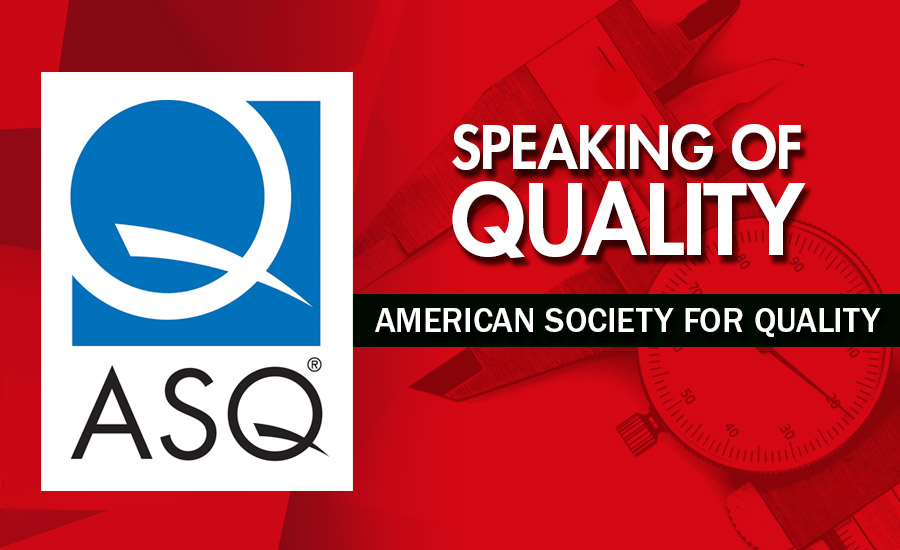I recently had a discussion with a business leader about quality management systems (QMS), their purpose, and importance to the core business infrastructure. Inevitably these types of discussions leads to whether a QMS is a “bureaucracy.” Today, bureaucracy often has negative connotations for being complex, inefficient, and inflexible. This is what business leaders fear. However, bureaucracy was not always viewed in this light.
German sociologist Max Weber (1864-1920) believed a bureaucracy constitutes the most efficient and rational way to organize human activity and that systematic processes and organized hierarchies are necessary to maintain order, maximize efficiency, and eliminate favoritism. However, Weber saw uncontrolled and unmaintained bureaucracy as a threat to individual freedom. Let’s compare Weber’s view of bureaucracy with a new model, ISO 9001:2015.
Task Specialization: A Division of Labor
Weber’s Bureaucracy Principles: Tasks are divided into routine categories on the basis of competencies and functional specializations. Every employee knows exactly what is expected of him/her.
Quality System Model ISO 9001:2015: Clause 5.3 Organizational Roles and Responsibilities: “Top management shall ensure that the responsibilities for relevant roles are assigned, communicated and understood throughout the organization.”
Clause 7.2 Competence - “the specific competency requirements for the QMS work are defined.”
Hierarchy Authority
Weber’s Bureaucracy Principles: Managers are organized into hierarchical layers. In a bureaucracy, there are many hierarchical positions. This defines lines of communication and the degree of delegation and clearly lays out how responsibilities are divided.
Quality System Model ISO 9001:2015: Clause 5.3 Organizational Authorities: “Top management shall ensure that the authorities for relevant roles are assigned, communicated and understood throughout the organization.”
Formal Selection
Weber’s Bureaucracy Principles: Employees are selected based on technical skills and competences.
Quality System Model ISO 9001:2015: Clause 7.2 Competence: “the specific competency requirements for the QMS work are defined.” Clause 7.2 Competence: “the specific competency requirements for the QMS work are defined.”
Rules and Requirements
Weber’s Bureaucracy Principles: Formal rules and requirements are required to ensure uniformity. Administrative processes are defined in the official rules.
Quality System Model ISO 9001:2015: Clause 4.4 Quality Management System and its processes requires the organization to “maintain documented information to the extent necessary to support the operation of processes and retain documented information to the extent necessary to have confidence that the processes are being carried out as planned.”
Impersonal: Remove emotional involvement
Weber’s Bureaucracy Principles: Policies are defined and communicated to ensure all individuals are treated equally. Management decisions are free from any personal involvement, emotions and feelings.
Quality System Model ISO 9001:2015: Clause 9.1 “the organization shall evaluate the performance and the effectiveness of the quality management system.” Evidence-based decision making removes any personal biases from the process.
Career Orientation
Weber’s Bureaucracy Principles: Career building opportunities are available. Promotions and salary hikes are strictly based on technical competence. Work for a fair salary and pursue a career within the organization.
Quality System Model ISO 9001:2015: Clause 7.1.2, People: The organization is expected to ensure the necessary amount of human resources, its capabilities, its well-being, and its performance as it relates to an organization’s goals and objectives.
Modern QMS philosophy aligns well with Weber’s principles. ISO 9001:2015 eliminates many of the proscribe statements allowing organizations to tailor the QMS to business needs. When implementing a QMS, make sure you include the following:
- Quality Policy defines an organization’s guiding principles based on the context of the organization and its purpose. Personnel are made aware that their individual contributions are important to the organization through the quality policy.
- QMS Scope sets system boundaries. The organization defines what is—and is not—included in the scope.
- Standard Operating Procedures (SOPs) are user-friendly and describe the company processes that must be performed and who is responsible for them.
- Records provide the means of monitoring effectiveness of the quality management system.
- Monitoring and Measurement employs evidence-based decision making, which is the primary principle of the QMS. Making good decisions requires accurate information on the performance of key processes within the organization.
By Weber’s definition, a quality management system is a bureaucracy. Business leaders and quality professionals need to ensure the QMS does not adopt the negative elements our modern society applies to bureaucracy. A QMS should not result in excessive paperwork or lack of flexibility. Nor should the QMS be a financial burden. Efficiency and improvements clearly make the QMS an organizational asset.

